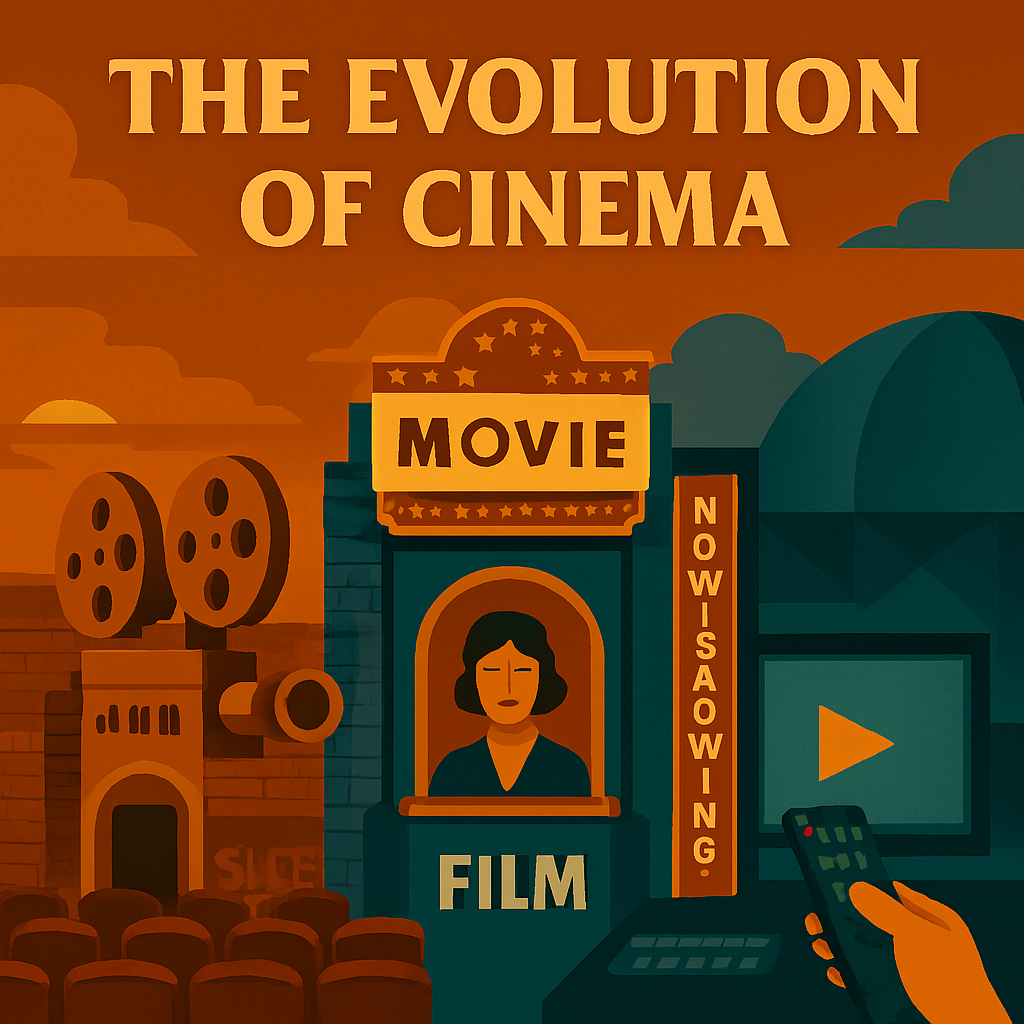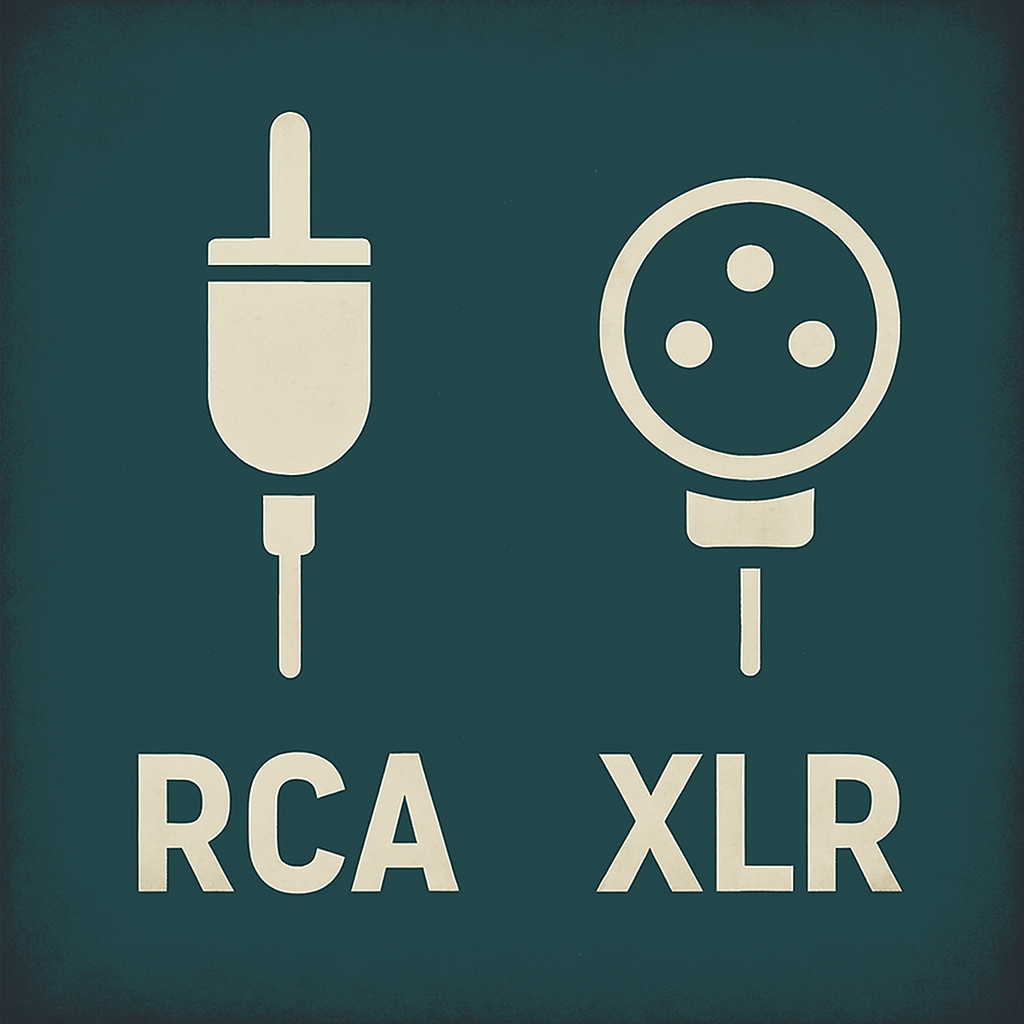Onyx LED Technology From Projection to Precision
How Onyx Screens Are Transforming Cinematic Display
Inside the Technology
What Makes Onyx LED Screens a Game-Changer for Moviegoers
What Is an Onyx Screen
An Onyx screen is a direct-view LED display developed by Samsung, designed specifically for commercial cinema environments. Unlike traditional projection systems that rely on bouncing light off a surface, Onyx screens emit light directly from thousands of tiny LEDs embedded in modular panels. This fundamental shift in display architecture allows for unprecedented image clarity, brightness, and contrast.

Visual Performance That Surpasses Projection
Onyx LED screens can turn off individual pixels entirely, resulting in infinite contrast ratios and true black levels. Their brightness reaches up to 300 nits—nearly six times that of standard projectors—making HDR content more impactful. Advanced calibration keeps colors consistent and true to filmmakers’ intentions.
Modular Design and Scalability
Built from modular panels, Onyx LED displays scale flexibly from 5m to 20m wide. They’re designed for future upgrades, low maintenance, and compatibility with high frame rates and resolutions up to 4K.
Beyond the Theater
Onyx screens are being embraced in settings such as concert halls, corporate venues, opera houses, and luxury home theaters. They adapt seamlessly to both dim and bright environments, with 3D content benefiting from pixel-level precision and brightness.
Sound Integration with JBL
Samsung partners with JBL to overcome Onyx LED screens’ acoustic challenges, using sound systems placed behind the screen edges and calibrated for spatial realism. This ensures audio clarity and immersive depth without the traditional perforated screen setup.

Energy Efficiency and Operational Cost
Though powerful, Onyx LED screens use less electricity than high-intensity projectors. Their longer lifespan and lower cooling requirements reduce maintenance costs for operators over time.
Accessibility Benefits
Onyx displays improve visual accessibility with sharper contrast for captions and assistive overlays. This benefits patrons with visual impairments, enhancing inclusivity in modern theaters.
Impact on Filmmaking
Direct-view LED systems empower directors and cinematographers to produce more visually ambitious films. The true blacks and bold highlights align closely with what creators see on production monitors, resulting in more predictable theatrical output.

Longevity and Maintenance
Unlike projectors that need frequent lamp replacement and recalibration, Onyx systems offer tens of thousands of hours of life per panel. Modular replacements allow targeted updates without shutting down entire screens.
Audience Reactions and Early Adoption
Initial feedback from viewers has highlighted deeper immersion, vivid colors, and more enjoyable 3D viewing. Cinephile communities have praised Onyx LED installations in Seoul, Los Angeles, and select cities for their cinema-enhancing effects.
Virtual Production and Real-Time Rendering
Onyx screens can double as LED walls for film and TV production. Studios are exploring their use in virtual sets with real-time rendering engines, blending entertainment and production in innovative ways.
Market Trends and Expansion Forecasts
More theater chains are planning Onyx installations, especially in premium screen formats. As costs drop and modular scalability improves, smaller indie cinemas might adopt the tech to differentiate themselves.
Technological Comparisons
Compared to laser projectors, Onyx offers higher contrast and consistency. Its pixel-level control and lack of mechanical parts give it a longevity advantage, while maintaining DCI certification.
HDR Mastering and Color Grading Challenges
While Onyx screens support high dynamic range, many studios still master films for lower brightness targets. This creates a gap between what the screen can display and what the content delivers. To fully leverage Onyx’s capabilities, post-production workflows must evolve to include higher nit grading and pixel-level contrast mapping. This shift will require collaboration between display engineers and colorists to ensure consistency across viewing environments.
Viewer Comfort and Eye Fatigue
Despite their brightness, Onyx screens are engineered to reduce eye strain. The direct-view LED technology avoids flicker and maintains uniform luminance across the screen. Additionally, the absence of projection hotspots and the ability to dim individual modules helps maintain visual comfort during long screenings. This makes Onyx suitable for both high-action blockbusters and slower-paced dramas.
Integration with Dolby Atmos and Spatial Audio
Onyx screens are compatible with advanced audio systems like Dolby Atmos, Meyer Sound, and QSC. While the lack of perforation prevents traditional speaker placement behind the screen, integrators use directional audio arrays and DSP calibration to simulate screen-originating sound. This ensures immersive audio without compromising the visual integrity of the LED surface.
Use in Alternative Content and Events
Beyond movies, Onyx screens are increasingly used for esports tournaments, live concerts, and corporate presentations. Their high brightness and modular design allow for flexible content delivery in varied lighting conditions. This opens new revenue streams for theaters and venues looking to diversify their programming.
Future-Proofing and Upgrade Paths
Samsung offers upgrade options for Onyx installations, including pixel pitch refinements and HDR firmware updates. The modular nature of the screens means theaters can replace individual panels or expand screen size without overhauling the entire system. This future-proofing makes Onyx a long-term investment for cinemas aiming to stay ahead of technological trends.

Films Tailored for Onyx LED Cinema Screens
While most movies can be displayed on Onyx screens thanks to their DCI certification and native support for standard aspect ratios, only a select few have been mastered specifically to take full advantage of Onyx’s ultra-bright HDR capabilities and pixel-level precision.
Some notable examples include – Inside Out 2 – Disney Pixar’s vibrant sequel was one of the first major releases mastered for Onyx’s 300-nit HDR brightness, showcasing the screen’s ability to render animated color palettes with stunning clarity. Elio – Another Pixar title released in tandem with Onyx’s expansion into European markets, serving as a showcase for the screen’s immersive qualities. Samsung-Pixar Collaborations – Samsung has partnered with Pixar to develop theatrical content optimized for Onyx LED screens, signaling a growing trend toward native HDR mastering for LED cinema.
Despite these early adopters, most films are not yet mastered at brightness levels Onyx supports, which limits how many titles fully utilize its capabilities. However, animated features, documentaries, sci-fi, and fantasy genres are poised to lead the way as more studios recognize the benefits of LED cinema display technology.
Conclusion
Lighting the Way Forward The introduction of Onyx screens marks a turning point in cinema’s evolution. Moving beyond projector limitations, this technology delivers immersive clarity, bold colors, and modular design that redefines audience expectations. Whether embraced by premium theaters or adopted across broader markets, Onyx LED screens are setting the stage for a more vibrant, sustainable, and accessible cinematic future.
Join the Discussion
Have you experienced a film on an Onyx screen? What did it change for you—was it the colors, the detail, or the sense of immersion? Let’s discuss how this technology will reshape storytelling and theatrical design in the years ahead.
Links in this post may earn commissions
#OnyxCinema #LEDTechnology #FutureOfFilm #CinematicInnovation #MovieTechRevolution #VisualExperience #FilmLoversUnite #DisplayTechnology #HDRCinema #TrueBlackScreens #CinemaEvolution #VirtualProduction #JBLTheaterAudio #AccessibleCinema #IndieTheatersRise #InsideOut2 #ElioMovie #SamsungPixar #DolbyAtmosCinema #EsportsCinema #HDRMastering #CinemaAudioInnovation #FutureProofScreens














Happy Psychology Behind Dressing Up We Crave Style Moment
[…] Mindful intent – Taking time to dress up creates a psychological pause—a deliberate separation from routine and a deepened engagement with the present moment […]